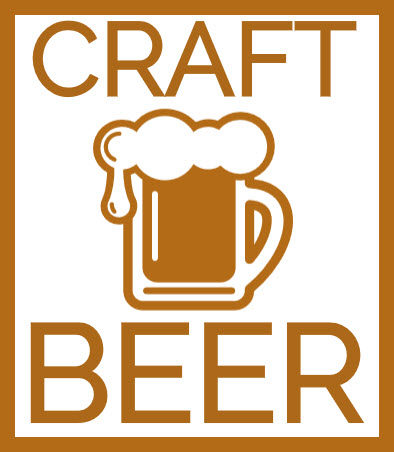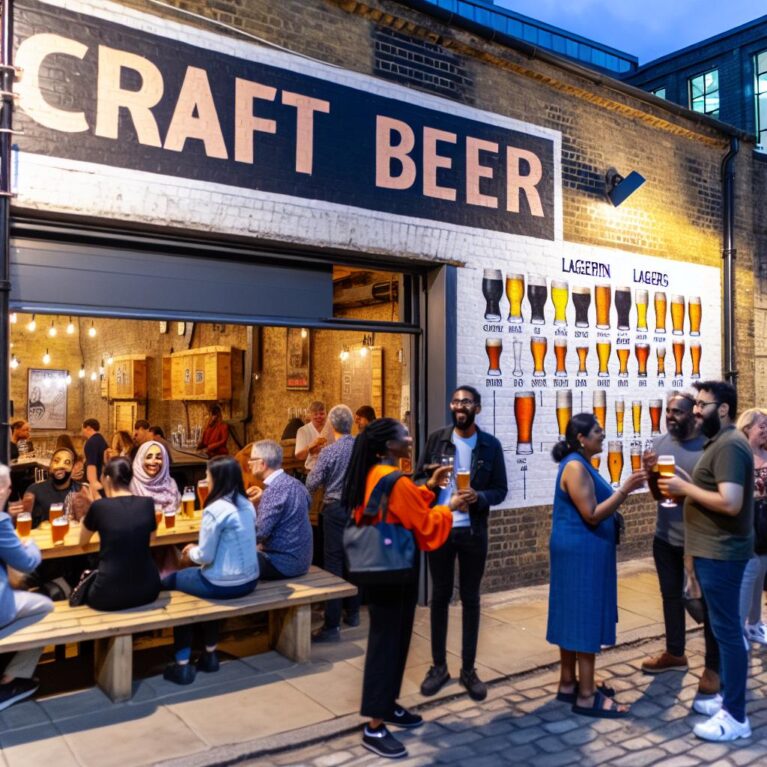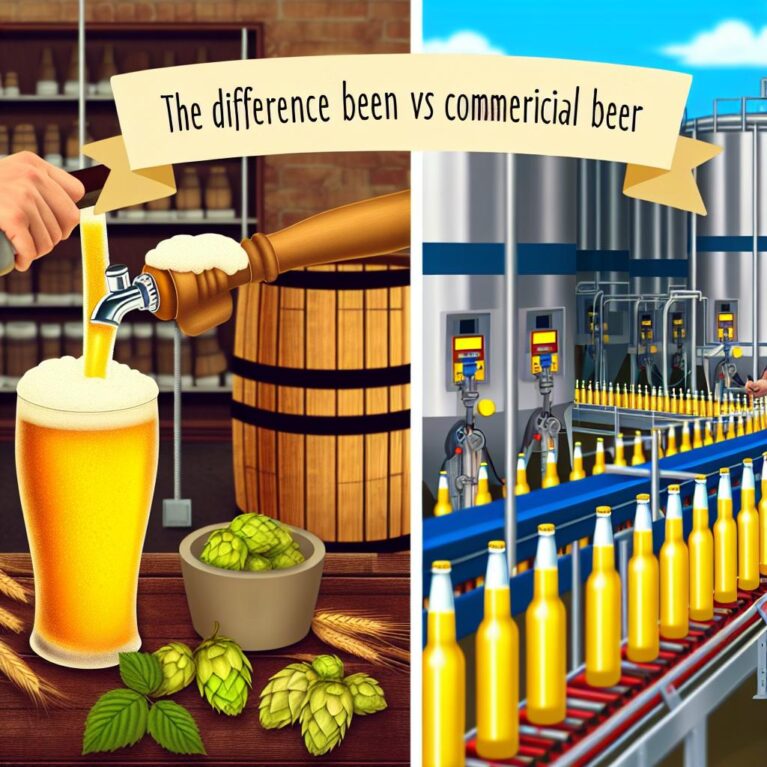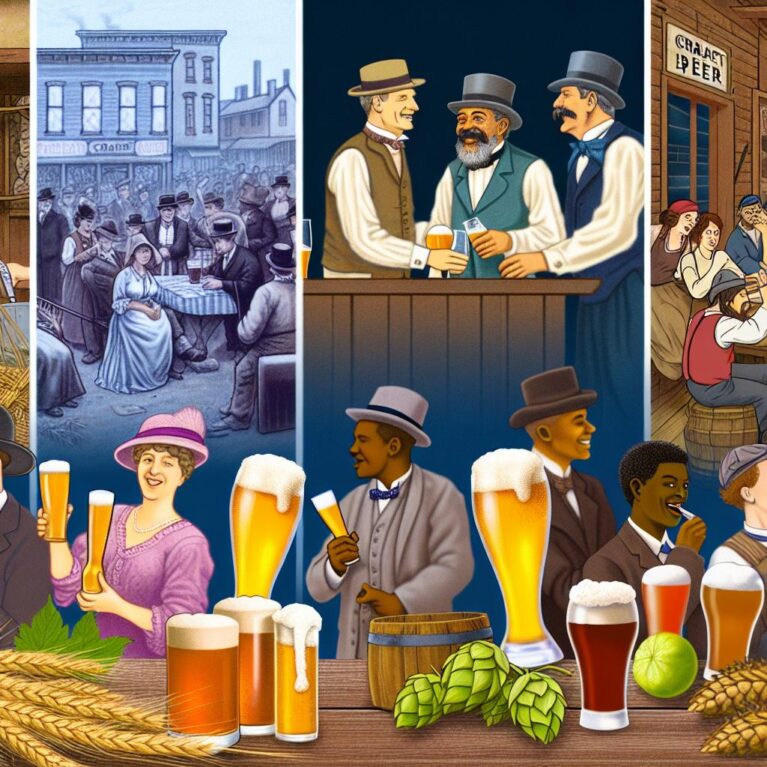The Evolution of Craft Beer
The craft beer movement has experienced significant growth over the past few decades, evolving from a niche interest into a major segment of the beverage industry. Defined by independent brewers producing limited quantities of beer, the focus of this movement is primarily on quality, flavor, and innovative brewing techniques.
Historical Context
The roots of craft beer can be traced back to the 1960s and 1970s when a growing discontent with mass-produced beers sparked interest in alternative brewing practices. In the United States, the legalization of homebrewing in 1978 provided a significant boost to the budding movement. By the 1980s, pioneers such as Sierra Nevada Brewing Company and Boston Beer Company began to change perceptions and set the stage for the industry’s expansion. This era marked a shift in consumer preferences as more people sought diverse flavors and artisanal products over the homogeneity of commercial beers.
In European countries, particularly in the U.K., the Campaign for Real Ale (CAMRA) was instrumental in promoting traditional beer styles and influencing a resurgence in small-scale brewing. This, in turn, laid a foundation for the growth of microbreweries across the globe. As craft beer culture expanded internationally, local adaptations and innovations began to shape how craft beer was perceived in different regions, bringing about a global appreciation for small-batch and creatively brewed beers.
Characteristics of Craft Brewing
A defining feature of craft beer is its emphasis on creativity and experimentation. Brewers typically experiment with ingredients and brewing methods to create unique flavors and styles. This includes using unconventional ingredients like local fruits, spices, and even coffee to produce distinctive brews. Furthermore, craft brewers often revitalize ancient or traditional brewing techniques, adapting them with modern technology to craft beers that stand out in taste and presentation.
Additionally, craft brewers often prioritize sustainability and community involvement, as many operate on a local basis and source ingredients from nearby farmers. Environmental consciousness is a tenet that many craft breweries embrace, evidenced by a focus on reducing energy consumption, minimizing waste, and supporting local agriculture through sustainable sourcing practices. This commitment to ecological stewardship not only benefits the environment but also forges strong community ties.
Consumer Trends
As awareness of and appreciation for craft beer has grown, so too has consumer interest in diverse and high-quality beverages. Today, craft beer consumers are increasingly seeking beers with rich flavor profiles and are willing to explore new and unique offerings. With a growing population of knowledgeable consumers, craft beer drinkers often take an active role in educating themselves about different brewing processes, styles, and flavors.
The rise in popularity of beer festivals and tasting events has also contributed to the culture surrounding craft beer, providing enthusiasts with platforms to sample and discover new brews. Events such as Oktoberfest in Germany or the Great American Beer Festival in Denver have attained cult status and draw thousands of attendees each year. These gatherings celebrate beer culture, allowing small brewers to introduce their products to a broader audience and gain feedback directly from consumers.
Furthermore, online platforms and social media have amplified craft beer culture, enabling drinkers to share reviews, compare notes, and engage with brewers worldwide. This interaction has fostered a sense of community among craft beer enthusiasts who are passionate about exploring diverse brewing techniques and flavor variances.
Impact on the Industry
The craft beer movement has significantly impacted the broader alcohol industry. Large brewing corporations have taken notice, leading to the acquisition of craft breweries or the introduction of their own craft-style offerings. This development has sparked debates over the definition and authenticity of what constitutes a “craft” beer. Brewers Association, for instance, outlines specific criteria to delineate truly independent craft breweries from their larger counterparts, although not without controversy.
Craft breweries have also contributed to local economies, creating jobs and attracting tourism. Many regions now consider these breweries as a key component of their cultural and economic identity. This is particularly evident in areas known as craft beer hubs, such as Portland, Oregon, where the presence of numerous breweries and beer-related activities has become part of the city’s allure for both locals and tourists.
The ripple effect extends beyond economic gains. As influential players in their communities, craft breweries often play pivotal roles in local social activities, sponsoring events, and engaging in charity work. These businesses foster a sense of community not only through their products but also through social responsibility and inclusion.
Finally, the craft beer movement continues to encourage innovation within the beer industry. With consumers increasingly supporting originality, both small and large breweries are motivated to pursue novel creations or update their methodologies to align with evolving preferences. This dynamism promises continued growth and diversification, opening up endless possibilities for both brewers and consumers alike.
For further insights into the world of craft brewing, consider exploring resources such as Brewers Association, which offers extensive data and industry insights.



